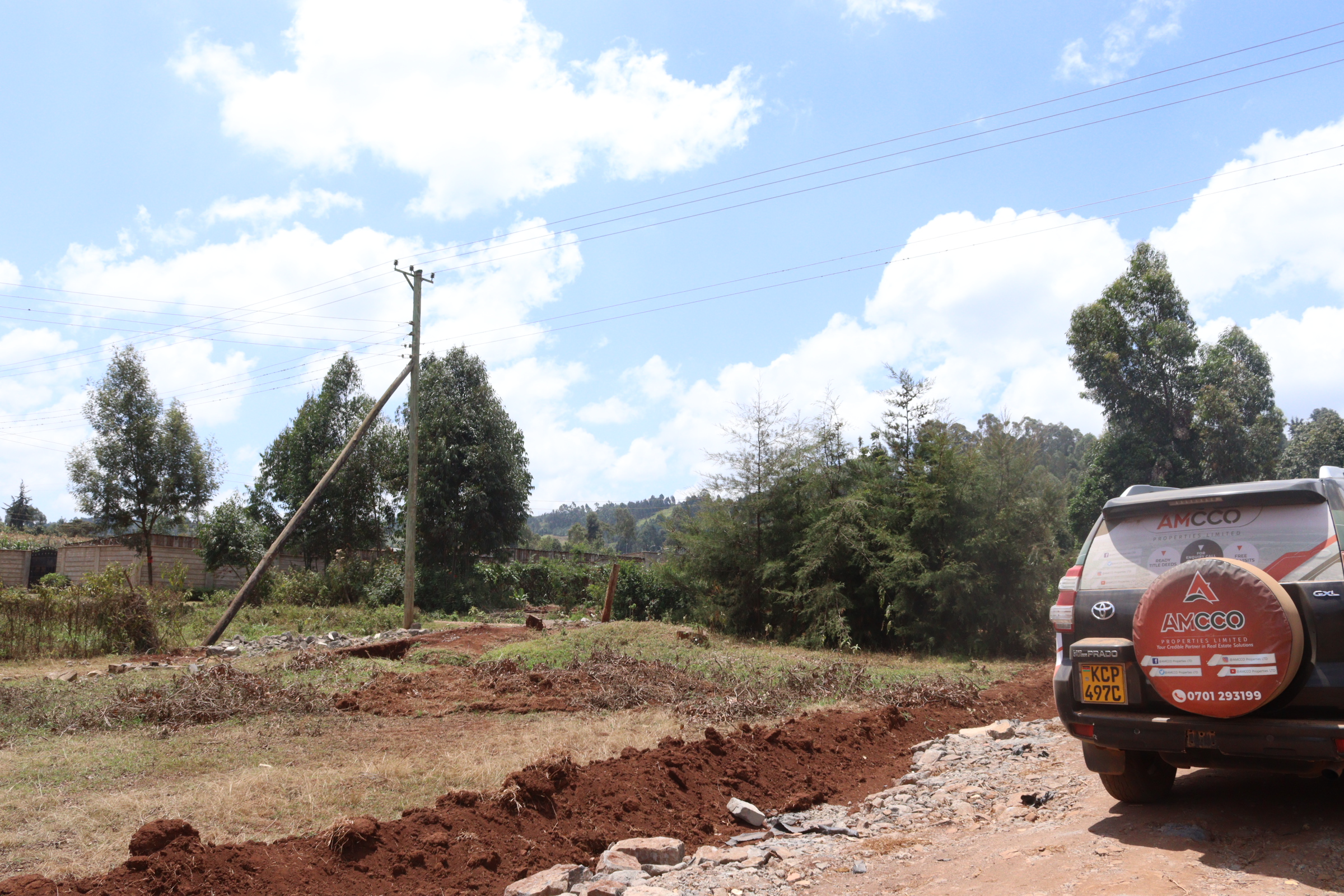7 Legal Steps Undertaken While Legally Owning Land in Kenya
It is advisable to find a lawyer to help you through the legal process of buying land in Kenya. This is basically because these are professionals, they understand what’s required, and they make the entire process look easier.Below are the steps on how you can legally own land in Kenya:
Identify the land in question
You may find these lands by searching online for real estate firms like ours; doing so will help you learn the pricing so that you can make early arrangements and the location of the land.
Due to the prevalence of online scammers, it is advisable to exercise caution, avoid falling for tricks, and only deal with reputable real estate firms.
But first, decide what kind of land you desire and write down its location and asking price.
Conduct a land search
When you have decided on the type of land you want to purchase, think about speaking with the land seller and requesting a title deed to aid in your land search.
Once the property has been added to the system and verified by the Ministry of Lands, the results will be available right away.
To do a land search, you only need to create an account.
Your national ID number, serial number, email address, phone number, and a colored passport-size photo will all be required by the system.
Currently, the platform only allows Kenyans to sign up.
The land search needs to be able to provide you with a thorough report outlining who owns the land, its dimensions, and whether it’s developed or not.
And if there are any caveats associated with the plot of land. It basically gives you a heads-up.
Conduct a search to determine where the land is situated
Should it happen that you are buying land outside Nairobi, you will need to conduct a search at the respective registry where the land is located.
Different counties have different charges for this search. The Ministry of Lands has all the contact details for land registries.
Also ensure that you get yourself a copy of the land rent and rate clearance certificates and receipts that show there are no pending arrears to be cleared.
This search will also help you know if the land has any pending land and rent rates owed to the government. If there are any, the seller should clear them before transferring ownership to you.
Get survey maps
You can determine the location of the land’s boundaries using survey maps. Survey maps are available upon request from the Ministry of Lands.
A surveyor may also sell the maps to you.
Consider going to the property with the surveyor and the seller to mark the borders after obtaining the maps in order to prevent disagreements during the sale process.
Most importantly, even if you are purchasing land from a diaspora thousands of miles away, visiting the property is crucial because it allows you to understand and appreciate the value of your investment.

Make time and go to the site; don’t neglect it.
Ensure the seller has consent
Depending on the type of land you’ve bought, it is only right that the seller show you that they have been permitted to sell land.
It is always good to be on the safe side, remember?
A lawyer will help you at this stage because different types of land require different consents.
Sign the sale agreement
This is a legally binding document drawn up by the seller’s lawyer.
This agreement protects both the seller and the buyer to ensure that you each benefit from the sale.
Below is what the agreement entails:
Buyer and seller details
Land description
Cost of the land and payment timelines
Who pays for what during the process?
And what happens if there is a breach of contract?
7. The land transfer
Once you complete all the payments, the seller then prepares and signs the land transfer documents for the buyer. Your lawyer should help you with this process to ensure that you get what you are paying for.
The seller should have relevant consent to facilitate the transfer of land ownership through the Ardhisasa online portal.





